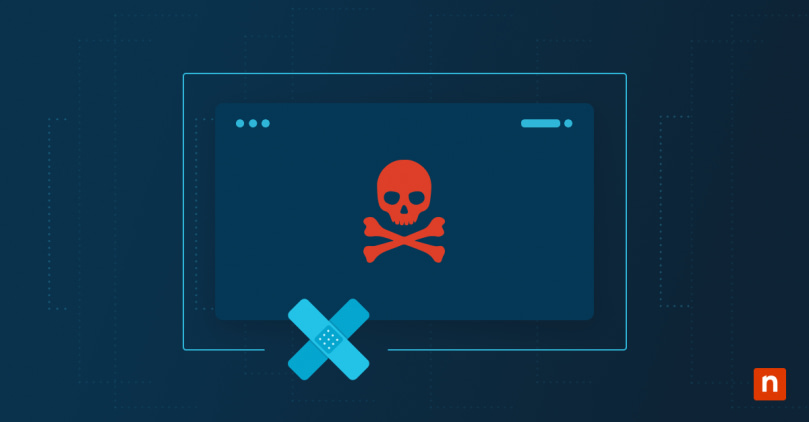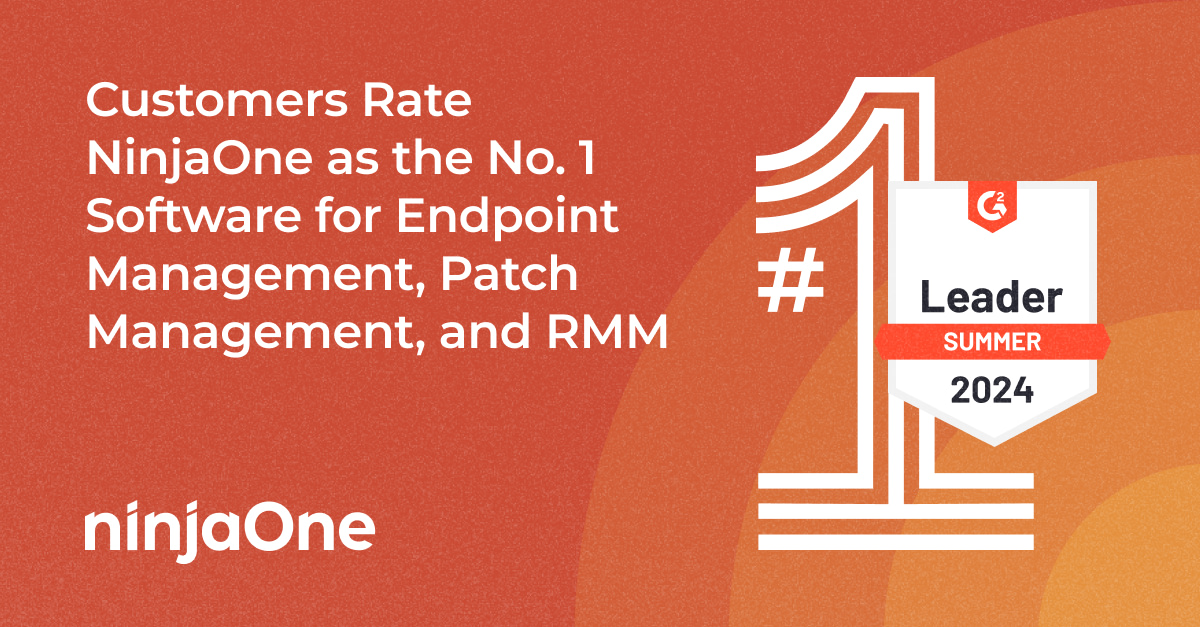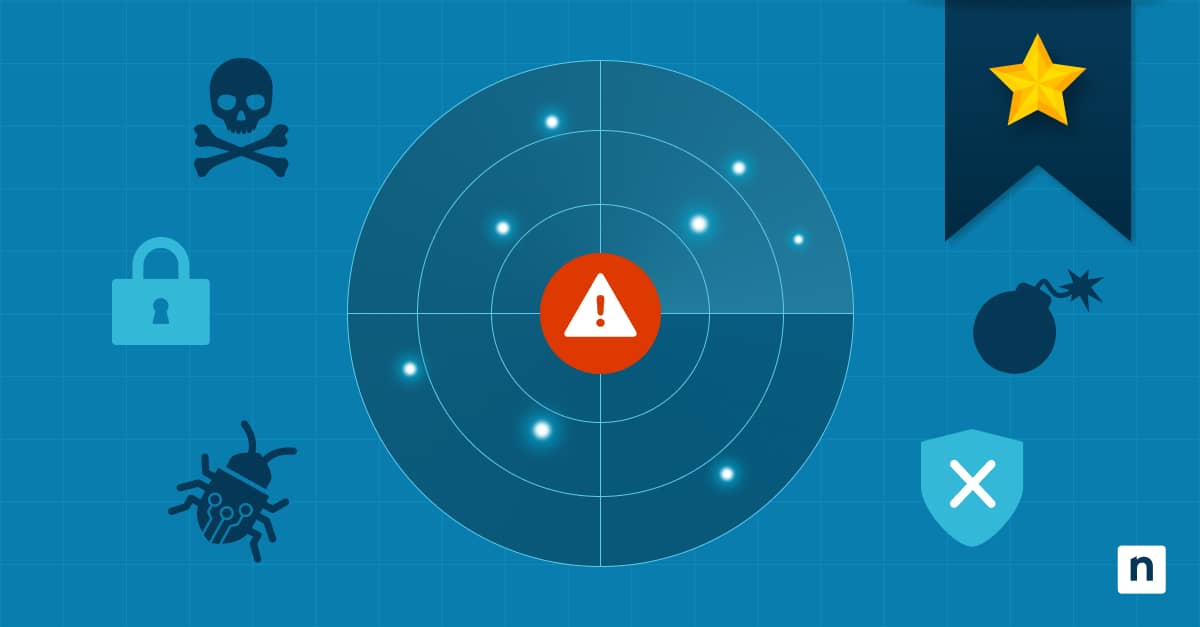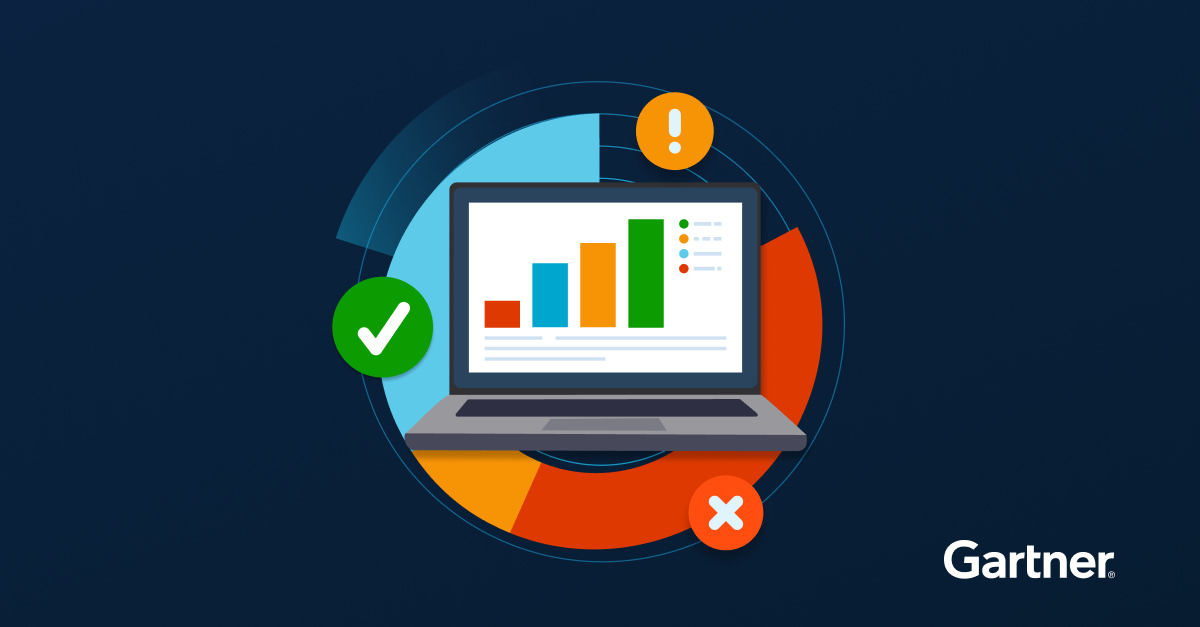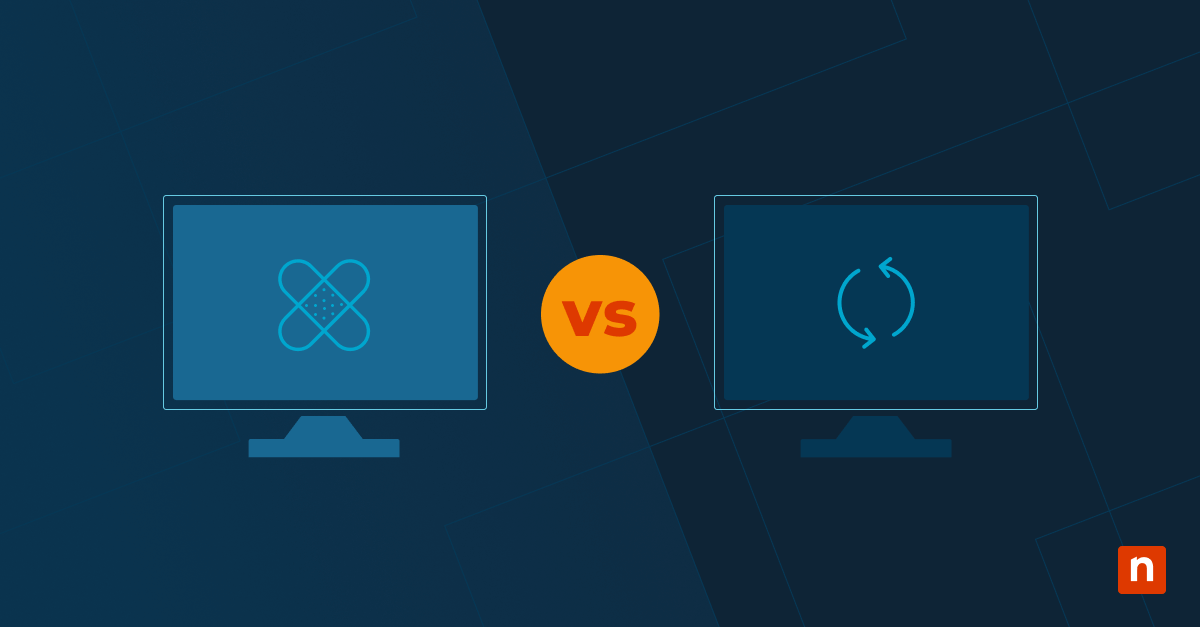Because we live in an era where digital security is under constant threat from evolving cyber risks, effective patch management is more critical than ever. This strategy is not just about keeping systems up-to-date – it’s a comprehensive approach to safeguarding IT infrastructures against a spectrum of cyber threats, ensuring systems remain secure, compliant, and operationally efficient.
However, even the most well-intentioned patch management strategies can falter, leading to vulnerabilities that can be exploited by cyber adversaries. Recognizing and understanding the common mistakes made during the patch management process is essential for organizations aiming to fortify their defenses against these threats.
This article aims to shed light on the pivotal missteps in patch management and offers strategies for mitigating these errors. By focusing on key performance indicators, we will first establish why a solid foundation in patch management practices is crucial for any cybersecurity strategy.
Following this, we delve into specific patch management mistakes to watch out for and outline practical approaches to avoid them, ensuring your IT infrastructure remains robust and resilient against the challenges posed by the digital age.
Patching key performance indicators
Evaluating the following indicators helps organizations identify areas for improvement in their patch management processes, ensuring they can adapt to and mitigate evolving cybersecurity threats effectively. Given the rapid evolution of cyber threats, staying ahead requires a proactive and comprehensive approach to patch management.
- Patch rate: Reflects the effectiveness of a patch management program in keeping systems up-to-date against known vulnerabilities.
- Adherence to patch schedules: Measures the organization’s ability to deploy patches in a timely manner, an essential factor in minimizing the window of opportunity for cyberattacks.
- Vulnerability exposure time: Measures the time between the discovery (or public disclosure) of a vulnerability and the application of the patch to mitigate it. Lower exposure times indicate a more responsive and effective patch management process.
- Patch success rate: Tracks the percentage of patches successfully applied versus those attempted. This KPI helps identify potential issues in the patch deployment process, including compatibility problems or failures in the patch application.
- Critical patches deployment time: Focuses on the time taken to deploy patches for critical vulnerabilities. Given the heightened risk associated with these vulnerabilities, faster deployment times are essential for maintaining security.
- Compliance rate with security standards: Measures how well patch management practices align with relevant industry standards and regulations (such as PCI DSS, HIPAA, or GDPR). High compliance rates demonstrate a commitment to maintaining secure systems and protecting sensitive data.
- Incident response time to failed patches: Assesses the efficiency of the IT team in responding to and resolving issues with failed patch deployments. A shorter response time helps minimize potential security risks and operational disruptions.
- User downtime due to patching: Quantifies the impact of patching on user productivity, reflecting how well the organization balances security needs with operational continuity.
- Patch coverage rate: Evaluates the percentage of systems and applications within the organization that are covered by the patch management process. Higher coverage rates indicate more comprehensive protection against vulnerabilities.
- Re-patch rate: Tracks the frequency with which patches need to be reapplied or rolled back due to issues, indicating the quality of the patch management process and the stability of patches being deployed.
Incorporating these patch management KPIs into a comprehensive patch management strategy enables organizations to not only address current security needs but also anticipate future challenges. By continuously monitoring and analyzing these indicators, businesses can refine their patch management processes, enhancing their agility and responsiveness to new vulnerabilities. This proactive stance solidifies an organization’s defense against cyber threats, ensuring the security and reliability of its IT infrastructure in an ever-changing digital landscape.
Learn more about NinjaOne Patch Management reports
5 common patch management mistakes
Mistakes in patch management can significantly increase the cybersecurity risk. Awareness and understanding of these pitfalls are as crucial for developing effective mitigation strategies as ongoing staff education.
1. Procrastination in patch application
The gap between the release of a patch and its application is a critical vulnerability window. Incidents like the exploitation of the EternalBlue vulnerability highlight the risks of delay, where organizations worldwide suffered massive losses due to ransomware attacks on unpatched systems.
2. Overlooking patch verification
Ensuring patches do not adversely affect system performance or functionality is as crucial as applying them. Skipping this step can result in operational disruptions, such as the infamous case in July 2022, when Rogers Communications, a major Canadian telecom provider, experienced a significant service outage impacting over 12 million users.
This outage disrupted internet and wireless phone services, including essential services like 9-1-1 calls and Interac debit transactions, affecting various sectors across Canada. The cause was attributed to a firmware maintenance patch rollout gone wrong, leading to widespread malfunctioning of users’ routers. This incident highlights the critical importance of robust patch verification processes to prevent operational disruptions and ensure system functionality.
3. Disregarding pre-patch backups
The importance of backups cannot be overstated. Before any patch deployment, it is critical to secure data to recover swiftly from any unforeseen patching error. A lack of pre-patch backups can escalate a minor issue into a crisis, jeopardizing data integrity and business continuity.
4. Irregular patching practices
Consistency in the patching process ensures that systems are protected against vulnerabilities as they are discovered. Irregular patching schedules leave systems exposed to attack. Due to the greater risk of substantial financial and reputational damage, reliable technical information about financial institutions’ breaches tends to be harder to verify than with most such events.
What is known is that at least one banking institution (JPMorgan Chase, 2014) was breached due to information about the bank’s internal software stack being leaked, which is speculated to have exposed vulnerabilities in the patching schedules of third-party software, which permitted hackers to access users’ contact information.
5. Flawed patch deployment techniques
A strategic approach to patch deployment involves careful planning, phased rollouts, and thorough testing to ensure minimal disruption and comprehensive coverage. Common pitfalls include rushing deployments without adequate testing or failing to prioritize patches based on risk assessment, leading to security gaps and operational inefficiencies.
Recognizing and rectifying common patch management errors are pivotal steps toward fortifying an organization’s cybersecurity posture. By systematically addressing these blunders, businesses can significantly reduce their vulnerability to cyberattacks, ensuring that their operations remain resilient and secure.
This commitment to diligent patch management underscores an organization’s dedication to safeguarding its data, systems, and reputation from the multifaceted threats present in the digital domain.
Strategies for mitigating patching errors
Effective patch management is a multifaceted challenge that requires strategic planning, rigorous processes, and ongoing vigilance. To navigate this complexity, organizations must develop clear policies, leverage advanced automation tools, and ensure continuous training for IT staff, thereby streamlining the patching process and minimizing the risk of oversight or error.
- Timely patch application approaches: Prioritizing patches based on the severity of the vulnerabilities they address and the criticality of the affected systems is key. Automation tools can significantly enhance the timeliness and accuracy of patch deployments, reducing the workload on IT staff and minimizing human error.
- Patch verification procedures: A robust testing process, ideally in a staging environment that mirrors the production environment, is critical for identifying any issues that could impact system performance or stability. This step ensures that patches do not introduce new vulnerabilities or compatibility issues.
- Implementing robust backup measures: Establishing a comprehensive backup strategy is crucial. This involves not only performing regular backups but also ensuring that backup data is secure, encrypted, and stored in multiple locations to protect against data loss, corruption, or ransomware attacks.
- Maintaining consistent patching routines: Developing and adhering to a structured patching schedule, informed by a risk-based assessment of the IT infrastructure, ensures that systems remain secure and functional. This includes regular audits of patch management practices to identify and rectify any weaknesses in the process.
- Optimizing patch deployment: Training and equipping IT teams with the tools and knowledge necessary for effective patch management is essential. This includes strategies for minimizing downtime during patch deployment, such as using rolling updates or scheduling patches during off-peak hours, and continuous monitoring of systems post-update to quickly address any issues that arise.
Adopting these strategies for mitigating patching errors places organizations in a stronger position to combat cybersecurity threats effectively. Through the establishment of clear policies, the utilization of advanced automation, and the commitment to ongoing staff training, businesses can achieve a higher standard of security and operational excellence.
This holistic approach to patch management not only enhances the security of IT infrastructures but also supports the overall strategic objectives of the organization, promoting a culture of continuous improvement and resilience.
Proactive patching: Why you should adopt it
Avoiding common patch management mistakes is crucial for enhancing IT security and preventing vulnerabilities. A robust patch management process is instrumental in protecting IT frameworks from threats, ensuring the integrity and continuity of business operations. Organizations are encouraged to adopt comprehensive and effective patch management protocols.
Implementing a solution like NinjaOne’s Patch Management software can streamline this process, offering a more efficient, accurate, and timely way to help you manage patches across today’s highly diverse IT environments. By doing so, they can safeguard their IT infrastructures against a wide array of vulnerabilities and threats, thereby ensuring operational continuity, data integrity, and above all – continued customer trust.

